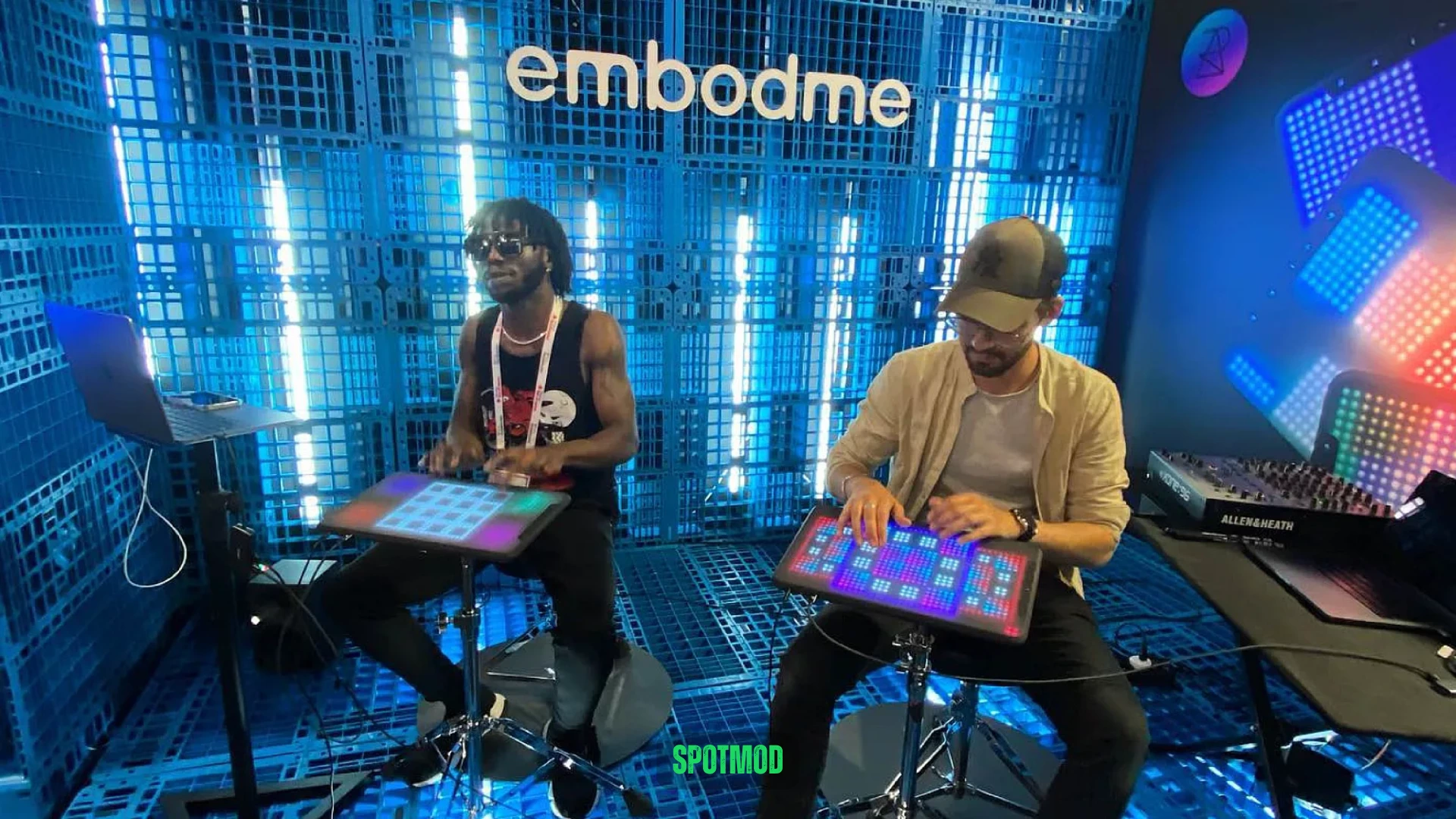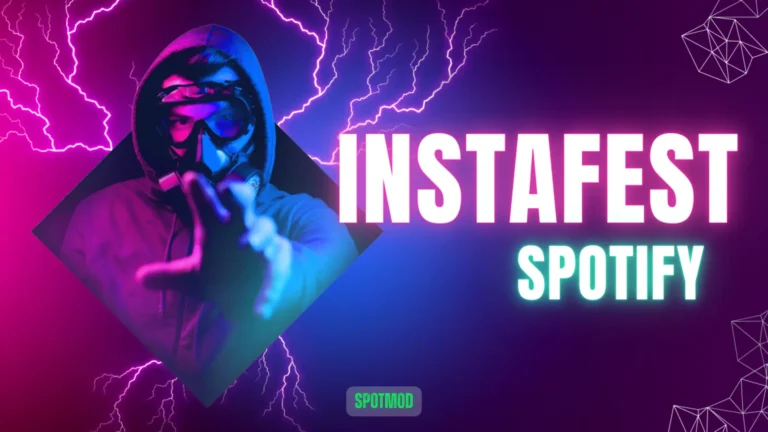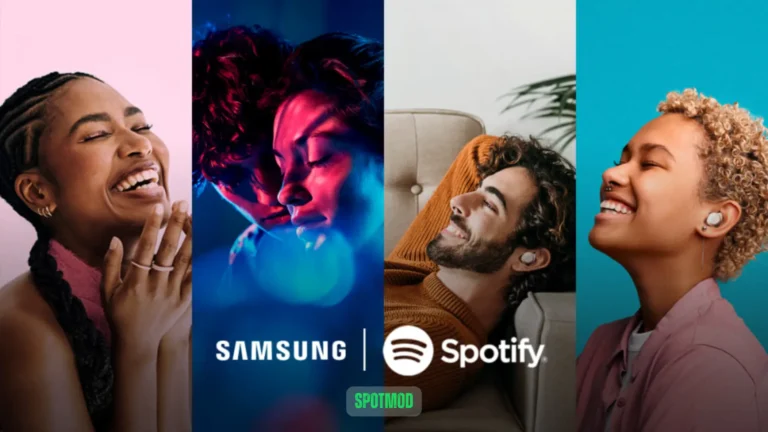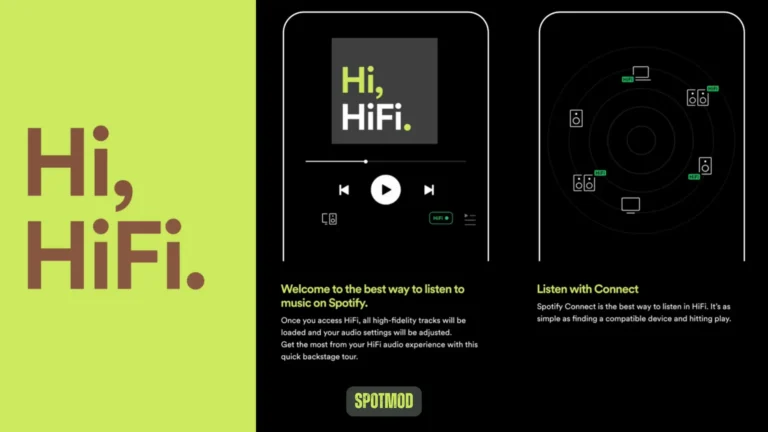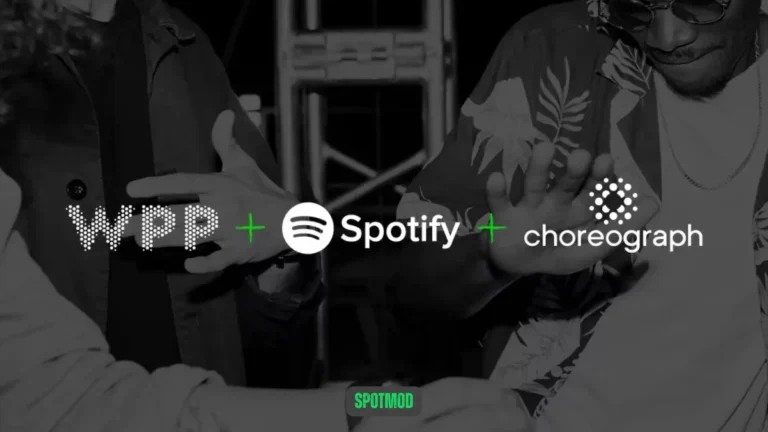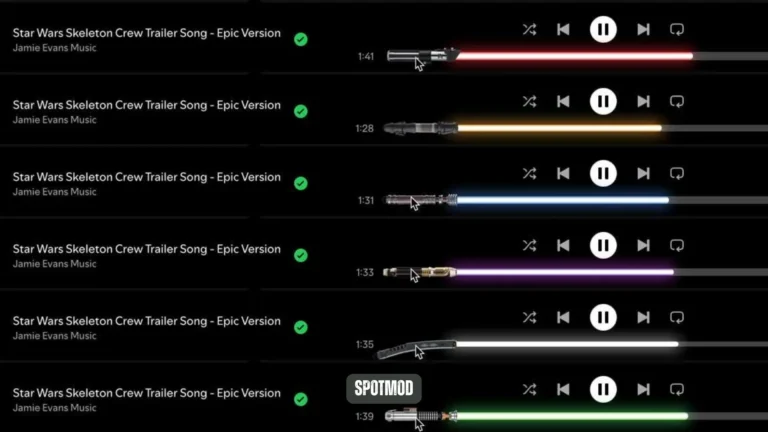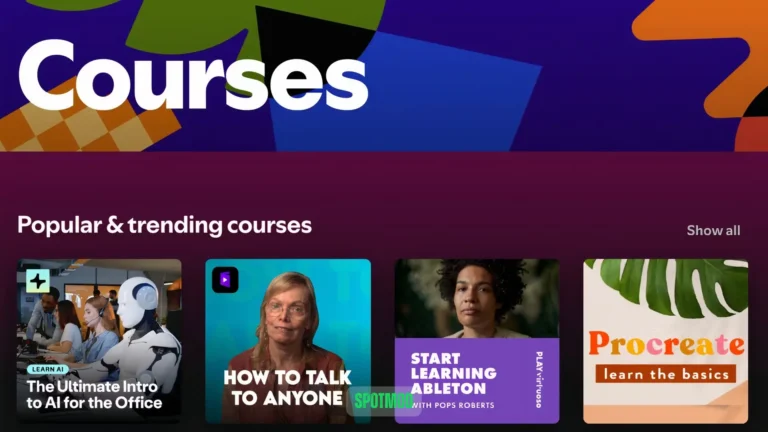Spotify & the Music Revolution – Streaming’s Permanent Legacy
Spotify didn’t just join the music industry—it changed it. Since its launch in 2008, Spotify has played a defining role in reshaping how the world consumes music. From battling piracy to delivering hyper-personalised experiences, it has evolved from a simple streaming platform into a global cultural force.
In this guide, we’ll explore how Spotify revolutionized the music industry, the strategies behind its success, and the key milestones that continue to set it apart in 2025.
Spotify’s Steps To Music Industry‘s Revolution
Spotify’s impact didn’t happen overnight. It came from a calculated approach to solving long-standing problems while embracing innovation.
Targeting Music Piracy
At the time of Spotify’s founding, music piracy through platforms like Napster and LimeWire was rampant, converting to mp3 and downloading. Spotify introduced a legal, convenient, and affordable way to access music, which encouraged millions to switch to streaming instead of downloading illegally.
By offering free access with ads and premium options without them, Spotify helped legitimize music consumption for the digital era.
On-demand Audio Collection
Spotify broke away from traditional radio and iTunes-style purchases by allowing users to stream any song on demand. With a few taps, users could build libraries, search catalogs, and explore millions of tracks without needing to own them.
This on-demand system transformed listeners from passive receivers to active curators.
Personalized Playlists
Spotify revolutionized how we discover music by introducing algorithm-powered playlists like Discover Weekly, Daily Mixes, and Release Radar. These playlists are built around each user’s habits, making music discovery feel personal and effortless.
The platform’s use of data science and machine learning has made it a leader in delivering music tailored to the individual.
Customization Functionalities
Spotify allows users to customize their listening experience in ways traditional platforms never could:
These features encouraged user engagement and made music more interactive.
Varying Usage Packages
Spotify introduced multiple pricing models to suit different types of users:
This flexibility made it more inclusive and accessible, contributing to its growth into a global streaming leader.
Key Milestones of Spotify Premium
Over the years, Spotify Premium has achieved several milestones that demonstrate its dominance:
Spotify Premium continues to be the best platform for ad-free listening, high-quality audio, and offline playback.
Conclusion
Spotify’s transformation of the music industry lies in its ability to adapt, personalise, and innovate. By fighting piracy, embracing user-centric design, and leading the way in algorithmic music discovery, it has turned music streaming into a daily ritual for millions. You can enjoy seamless streaming on iOS, Android, MacOS, PC or Smart TV to get the vibe.
As Spotify pushes into new territories—like audiobooks, AI playlists, and artist monetisation tools—it shows no signs of slowing down. Whether you’re a listener or a creator, the platform has made music more accessible, personalized, and shareable than ever before.
Explore more tools, guides, and Spotify tips on our homepage.

